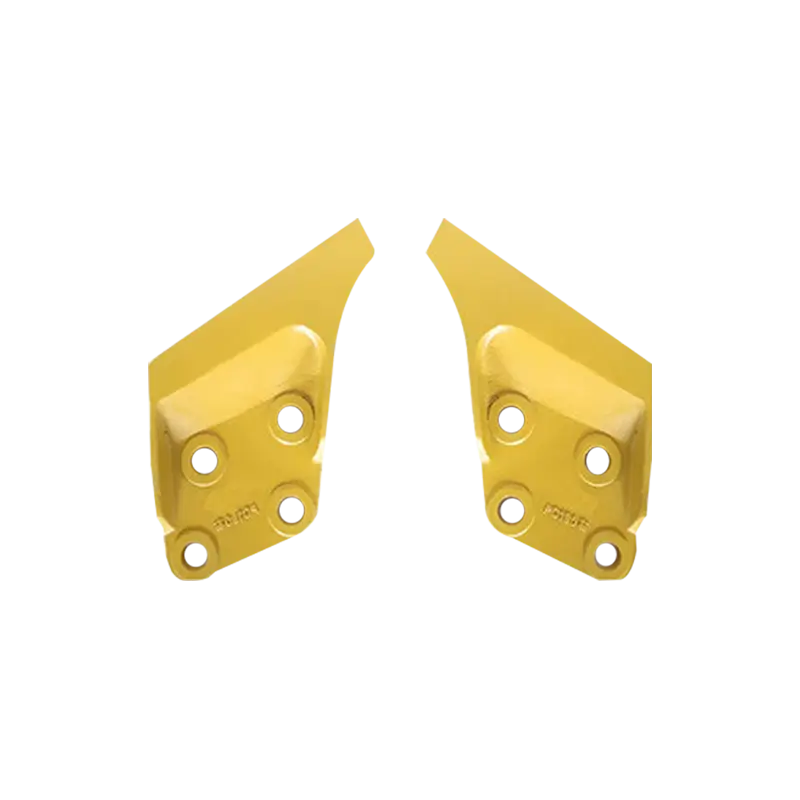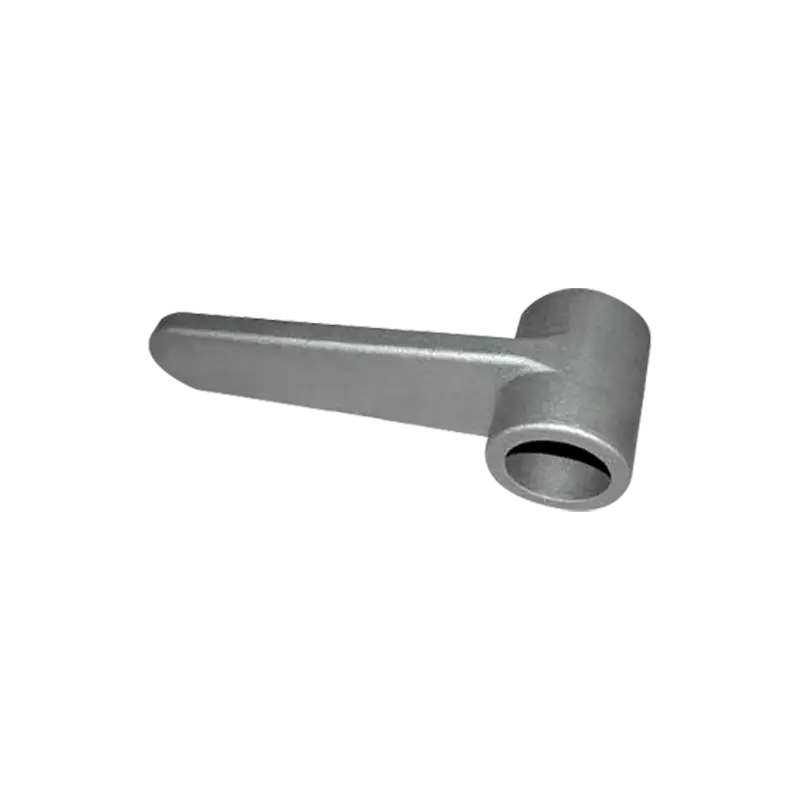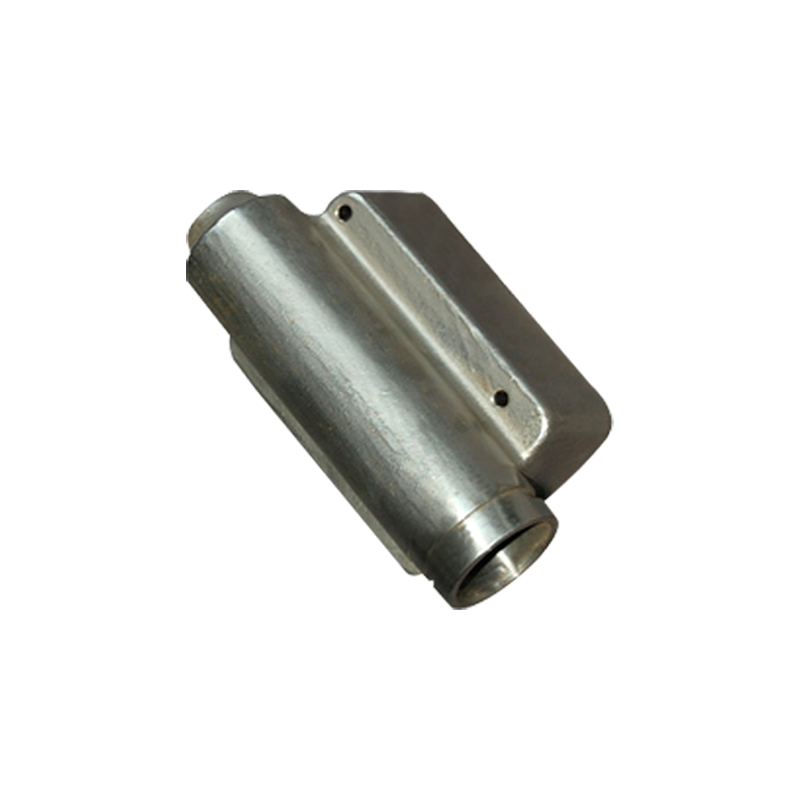Our quality assurance services and processes ensure the reliability of our products and your satisfaction.
Agriculture Machine Casting Steel Parts often faces harsh working environments and huge workloads in daily operations, especially during tillage, harvesting, transportation, etc., where the machines need to run for a long time and constantly withstand external impact and friction. In order to ensure the long-term safe operation of the equipment, reduce sudden failures and improve overall work efficiency, agricultural machinery often needs to operate on uneven or rugged terrain, especially during tillage, sowing, harvesting, etc., where mechanical parts are constantly impacted by the ground, crops or rocks. In such a working environment, mechanical parts must have strong impact resistance to ensure the normal operation of the equipment. Cast steel materials have extremely high impact resistance, and can effectively absorb external forces without breaking or cracking even when subjected to violent impact. This feature greatly reduces the risk of failure of mechanical parts due to fatigue, impact or external environmental influences, and ensures the continuity and safety of operations. For example, during land cultivation, cast steel parts can effectively resist the huge impact force generated when tillage tools flip in the soil, avoid damage to parts, and thus ensure stable operation of the machine and reduce the chance of downtime due to mechanical failure.
Agricultural machinery usually needs to perform high-intensity operations under heavy load conditions, which places higher requirements on the bearing capacity of parts. The high strength of cast steel can not only resist external impact, but also withstand continuous high-load work. For example, when working in the field, the machinery needs to constantly handle heavy objects such as soil and crops, which requires the parts to have sufficient strength and rigidity to prevent deformation or breakage under long-term heavy loads. The excellent bearing capacity of cast steel parts can effectively ensure the stable operation of the machinery under high load conditions and avoid safety problems caused by deformation or breakage of parts. This is crucial to prevent sudden failures of the machinery and ensure the smooth progress of farmland operations.
Agricultural machinery also faces harsh environmental conditions during work and is often exposed to corrosive substances such as moisture, rain, soil, fertilizers and pesticides. These environmental factors are highly corrosive to mechanical parts. If appropriate materials and designs are not adopted, the parts are prone to corrosion and wear, which will affect the normal operation of the machinery. Cast steel materials have excellent corrosion resistance and weather resistance. Even in an environment with long-term contact with corrosive substances such as moisture, fertilizers and pesticides, cast steel parts can still maintain their strength and hardness without rusting or rotting. The use of cast steel parts can effectively extend the service life of agricultural machinery, reduce the risk of parts damage caused by corrosion, and ensure that the machinery can operate stably and safely in various climates and working environments.
Agricultural machinery often needs to operate under high temperature conditions when working, especially in the engine and powertrain system, where parts need to withstand continuous heat. In such an environment, cast steel materials have high thermal stability and can withstand continuous loads in high temperature environments without losing strength and hardness. Even under high temperature operating conditions, cast steel parts can still maintain their structural integrity and strength, preventing parts from softening, deforming or even breaking due to overheating. This stability at high temperatures ensures that agricultural machinery can still operate safely and stably even in high-load and high-temperature working environments, reducing failures and safety accidents caused by excessive temperatures.
 Language
Language
 FT CASTING
FT CASTING















